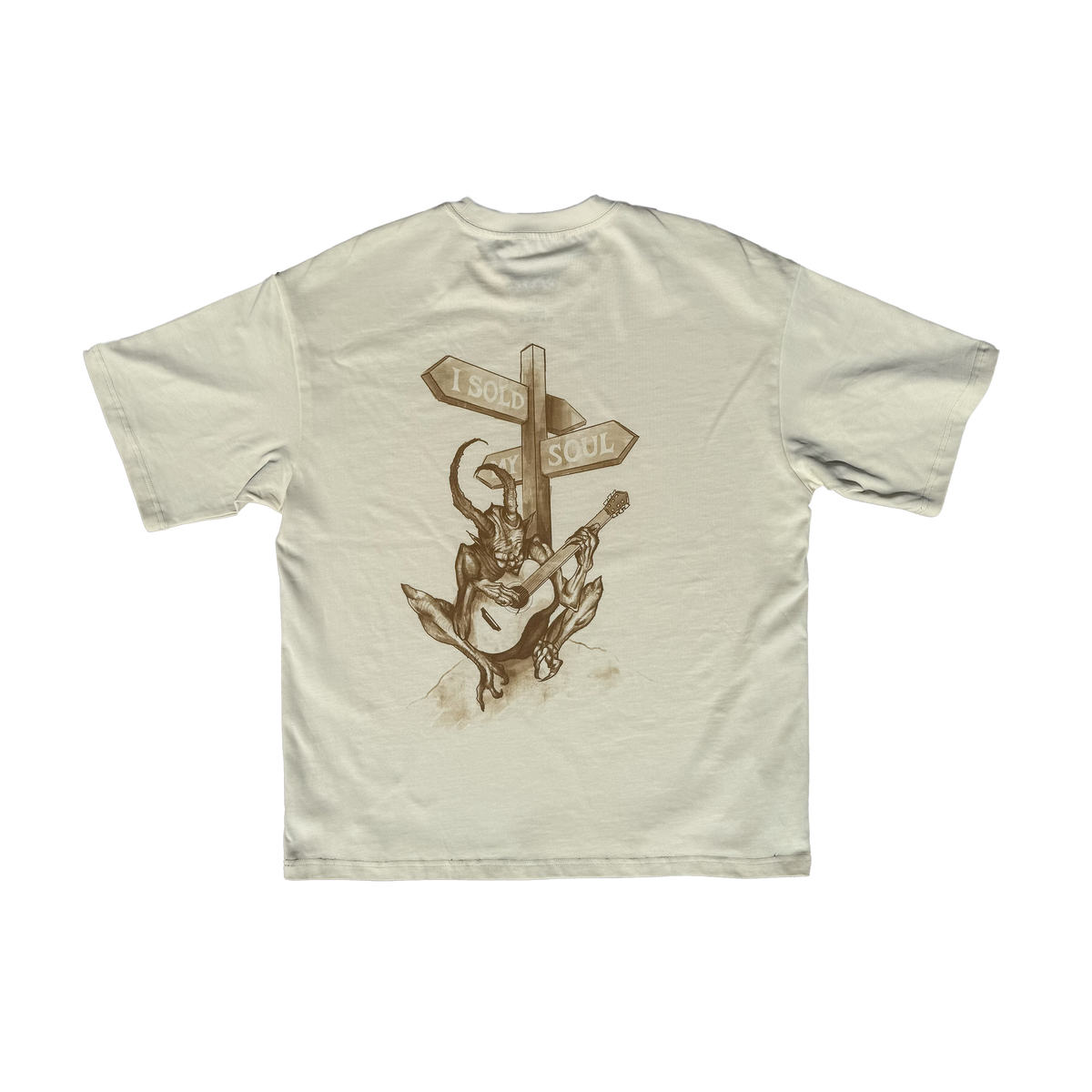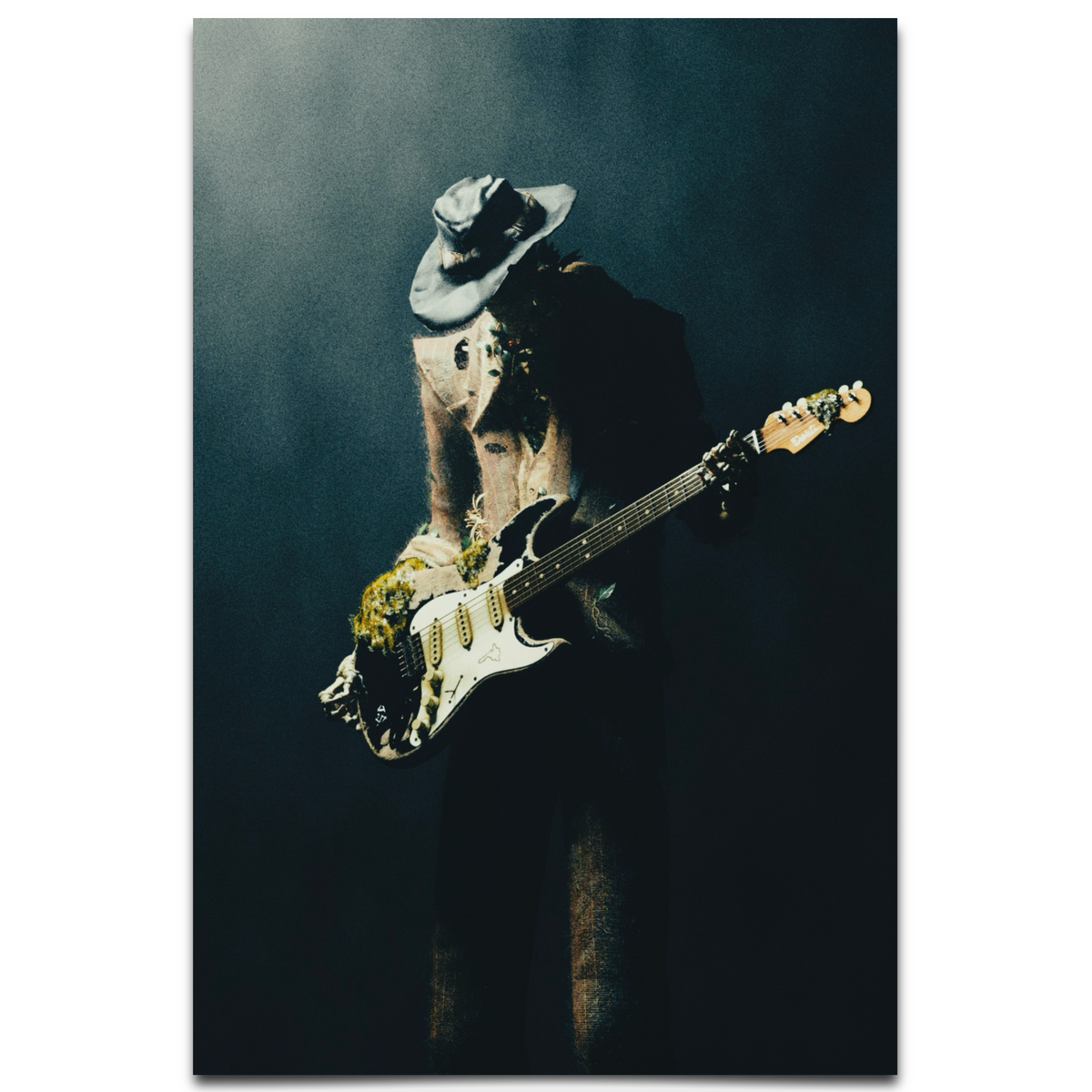A Harmony of Epochs: Introducing The Ink Spots
In the tapestry of American music history, few groups have woven a thread as enduring and transformative as The Ink Spots. Emerging from the vibrant cultural melting pot of the 1930s, this quartet—originally formed in Indianapolis, Indiana—became a cornerstone of vocal harmony, bridging the gap between jazz, pop, and the nascent sounds of rhythm and blues. Their signature style, marked by smooth tenor leads and deep bass underpinnings, captured the imagination of a nation navigating the Great Depression and the looming shadow of World War II. The Ink Spots were more than just performers; they were storytellers whose ballads and melodies offered solace and hope in turbulent times. Their journey from street corners to international acclaim is a testament to the power of innovation and resilience in the face of societal and industry challenges. How did a group of young men, initially busking for spare change, come to redefine the sound of an era and influence generations of musicians?
Their music, often steeped in themes of love and longing, resonated deeply with listeners across racial and social divides, a remarkable feat in an era of segregation. The Ink Spots not only entertained but also subtly challenged the norms of their time, paving the way for future artists to cross cultural boundaries through song. Their story is one of harmony—both musical and symbolic—and it invites us to explore the intersections of art, identity, and history. What hidden struggles and triumphs shaped their path to becoming one of the most iconic vocal groups of the 20th century? Let us delve into their origins, their artistry, and the indelible mark they left on the world. Their legacy, after all, is a melody that continues to echo through time.
"The Ink Spots were the first to show us that a vocal group could be a complete act, with personality, harmony, and style."
From Street Corners to Stardom: The Early Years
The Ink Spots began as a humble ensemble in 1934, when Jerry Daniels, Orville "Hoppy" Jones, Charlie Fuqua, and Ivory "Deek" Watson came together in Indianapolis, initially performing under the name "King, Jack, and the Jesters." Their early days were marked by street performances and small gigs in local clubs, where they honed a unique blend of jive and balladry that set them apart from the jubilee quartets of the time. By 1939, after signing with Decca Records and replacing Daniels with Bill Kenny, whose crystalline tenor became the group’s defining voice, they achieved their breakthrough with "If I Didn’t Care," a song that sold over 19 million copies and remains one of the best-selling singles of all time. This record not only catapulted them to fame but also introduced their signature "talking bass" style, where Hoppy Jones would recite romantic interludes in a deep, resonant tone. Their early success was a beacon of possibility for African American artists in a segregated music industry, though they often faced discriminatory booking practices and unequal pay. A lesser-known detail is that during their initial tours, the group sometimes performed in blackface to appease certain audiences—a heartbreaking compromise that reflected the racial constraints of the era, yet one they navigated with dignity to keep their music alive.
Innovation and Heartache: Defining a Sound
As The Ink Spots matured, their sound evolved into a polished, emotive style that became a blueprint for modern vocal groups. Hits like "I Don’t Want to Set the World on Fire" (1941) and "The Gypsy" (1946) showcased Bill Kenny’s tender lead vocals juxtaposed with the group’s intricate harmonies, creating an intimate listening experience that felt like a personal conversation. Their recordings often featured minimal instrumentation—guitar and bass—allowing their voices to take center stage, a choice that emphasized raw emotion over production. Yet, behind the scenes, the group grappled with internal tensions and the tragic loss of Hoppy Jones, who died of a cerebral hemorrhage in 1944, a blow that altered their dynamic irreversibly. Despite numerous lineup changes over the decades, with original members like Deek Watson forming splinter groups, their core identity as innovators of harmony endured. Their ability to adapt while maintaining a distinct sound speaks to a creative resilience that mirrored the perseverance required to succeed as Black artists in a deeply divided society.
A Lasting Echo: Cultural Impact and Legacy
The Ink Spots’ influence extends far beyond their chart-topping hits, shaping the trajectory of popular music and breaking barriers for African American artists. Their smooth harmonies and romantic lyricism directly inspired the doo-wop groups of the 1950s, such as The Platters and The Drifters, while their crossover appeal laid groundwork for the integration of R&B into mainstream pop. Modern artists, from Sam Cooke to Boyz II Men, owe a debt to their pioneering vocal techniques and stage presence, which transformed the concept of the vocal ensemble into a standalone art form. Their music also found new life in unexpected places, such as video game soundtracks like *Fallout*, where "I Don’t Want to Set the World on Fire" introduced their timeless sound to younger generations. Moreover, their success challenged the racial stereotypes of their era, proving that Black artists could achieve commercial success and cultural reverence in a segregated America. The Ink Spots remain a symbol of how music can transcend societal divides, their legacy a reminder of the power of art to unite and inspire across time.
- Debut: 1939 with "If I Didn’t Care"
- Genre: Vocal Harmony, Pop, R&B, Jazz
- Known For: Signature "talking bass" interludes and hits like "If I Didn’t Care" and "I Don’t Want to Set the World on Fire"
- Influences: Gospel quartets and jazz ensembles of the 1920s and 1930s
- Influenced: Doo-wop groups, R&B artists like Sam Cooke, and modern vocal ensembles like Boyz II Men
- Recognition: Inducted into the Grammy Hall of Fame and the Vocal Group Hall of Fame
Voices That Transcend Time
The Ink Spots’ story is one of extraordinary talent meeting extraordinary circumstance, a narrative of harmony born from discord. Their music, with its aching beauty and innovative structure, not only defined an era but also reshaped the possibilities for vocal performance in popular culture. They stood as cultural ambassadors in a time of division, using their art to bridge gaps that seemed insurmountable, and in doing so, they carved a path for countless artists who followed. Reflecting on their journey reveals much about the resilience required to create beauty amid adversity, a lesson as relevant now as it was in the 1930s. Their legacy endures not just in recordings but in the very fabric of modern music, where their influence can be heard in every heartfelt ballad and harmonized chorus. As we listen to their timeless melodies, we are reminded that true artistry knows no bounds—neither of time, nor of struggle—and that The Ink Spots’ voices will forever resonate as a beacon of hope and unity.
























